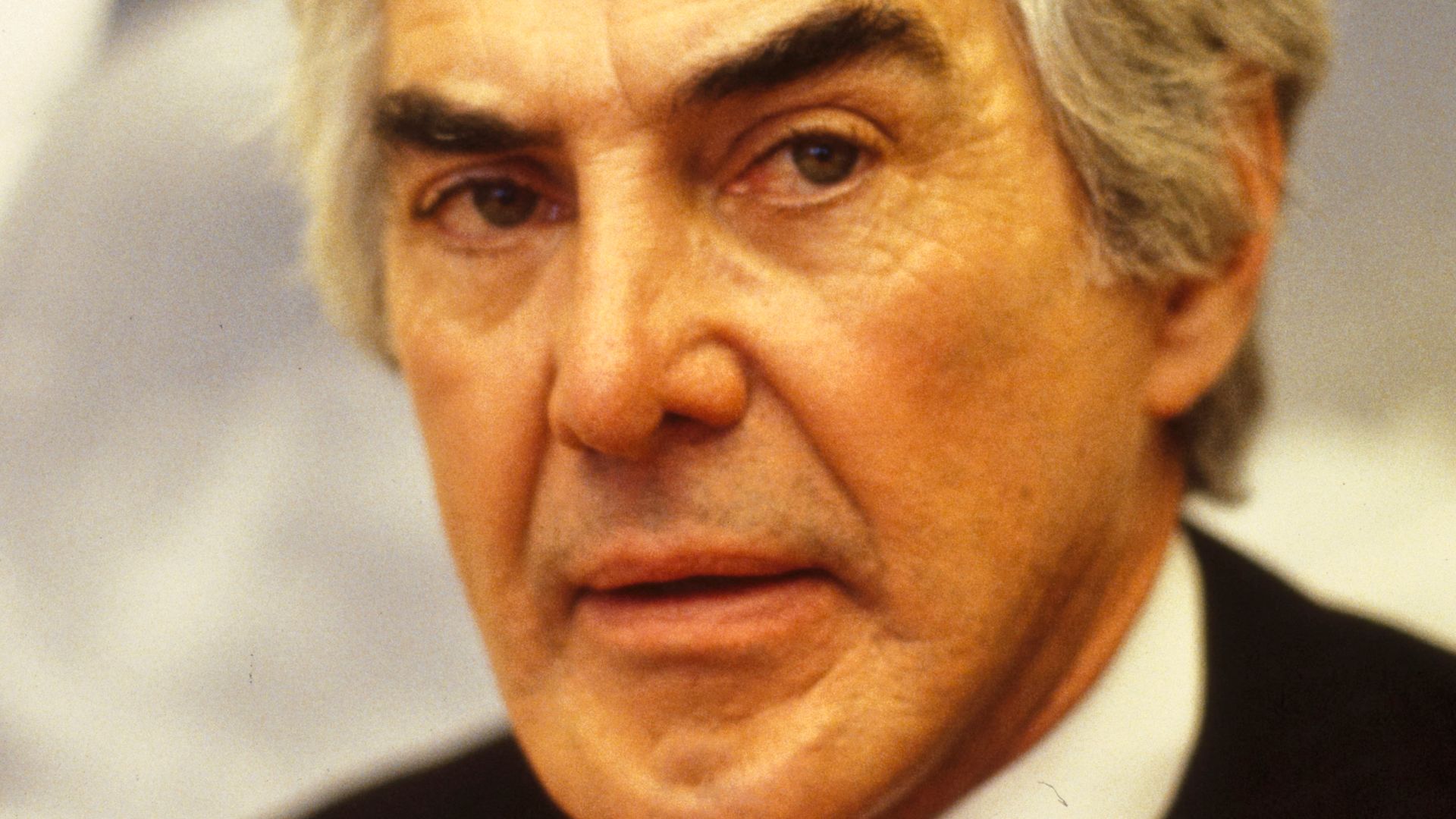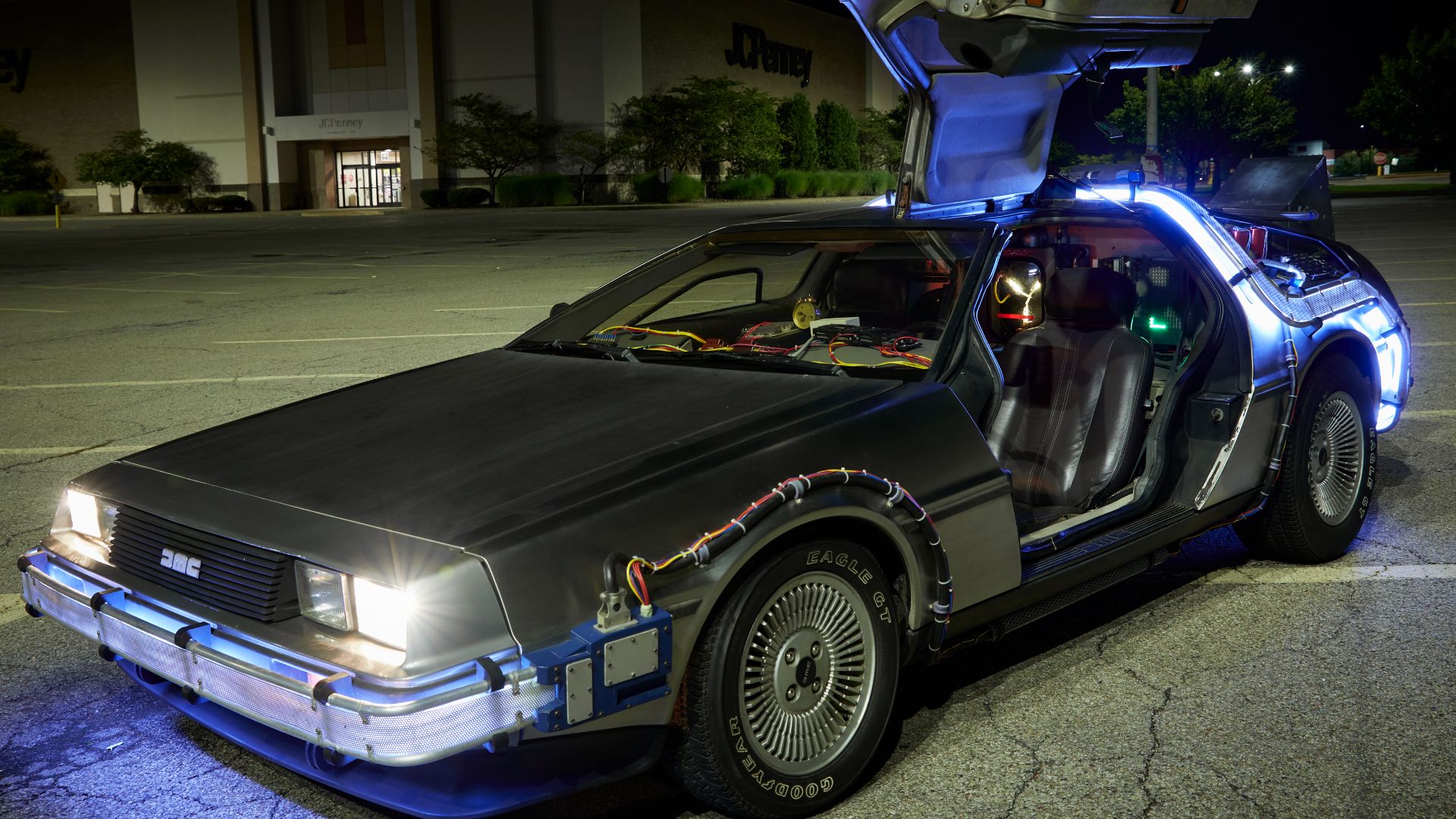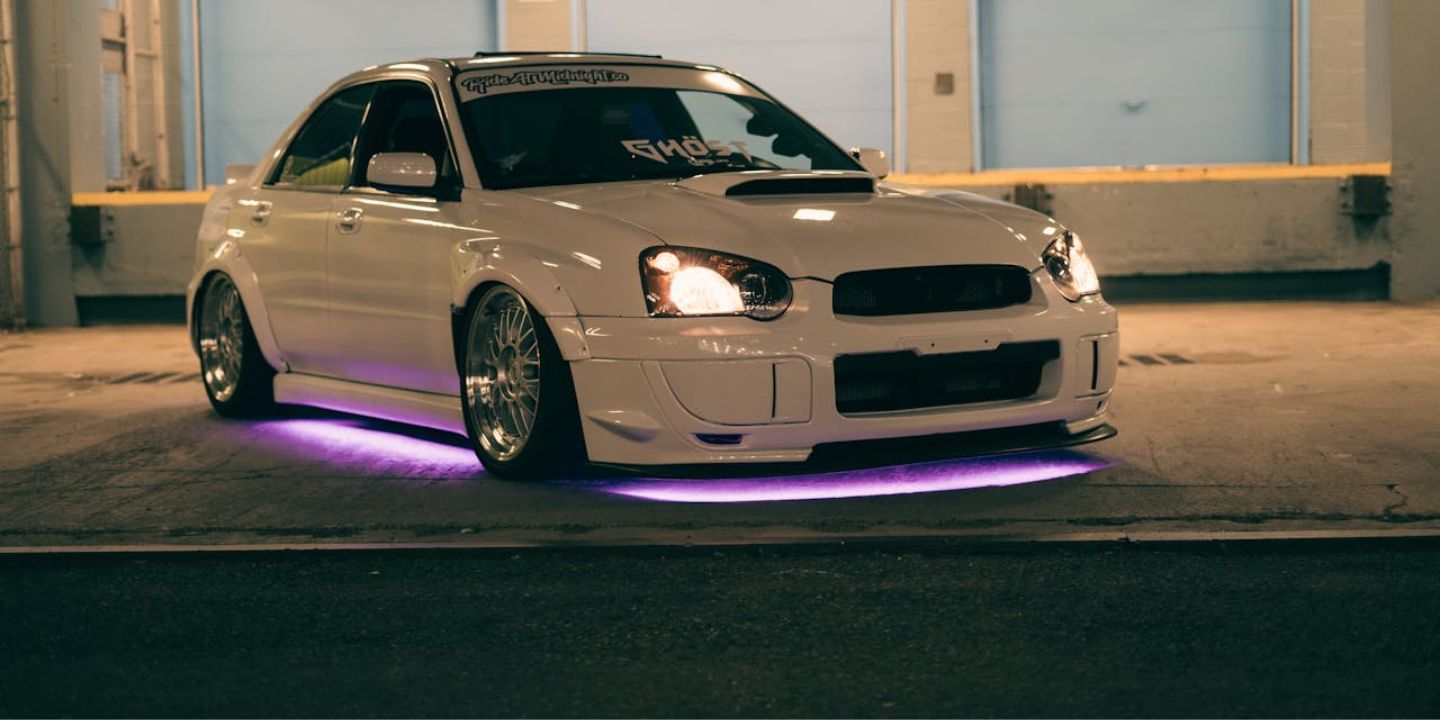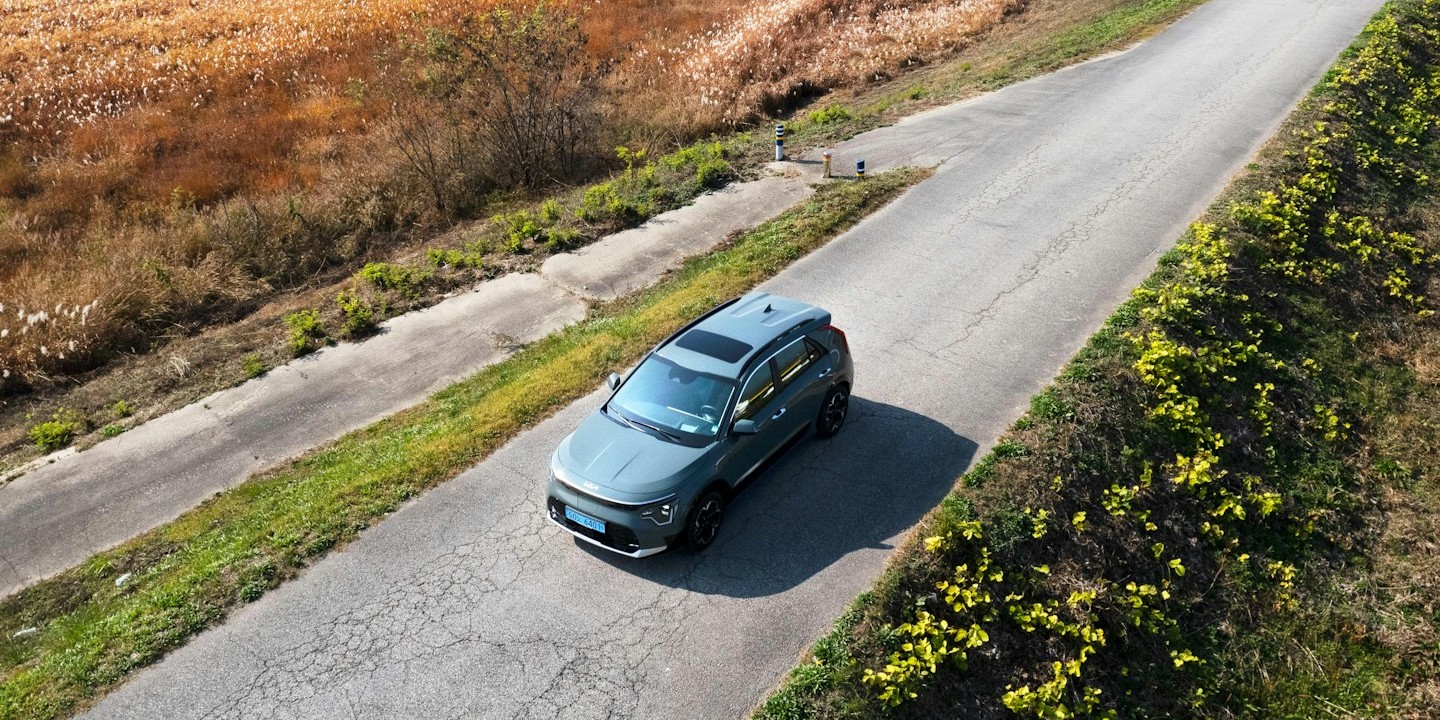Stainless steel and scandal rarely mix so perfectly. John DeLorean broke every rule in Detroit's handbook while creating his dream machine. The car did not do well financially, but it became something far greater—a timeless symbol of imagination that transcends its troubled origins.
The story begins with a brilliant mind who refused to follow the crowd.
The Maverick Of Motor City
John Zachary DeLorean was born in 1925 in Detroit. Growing up in poverty during the Depression, he developed both an intimate understanding of cars and an unwavering ambition. After earning engineering degrees, DeLorean began his automotive career at Packard before joining General Motors' Pontiac division in 1956 as director of advanced engineering.
At GM, his brilliance and innovation quickly propelled him upward. He became the youngest division head in GM history at age 40. DeLorean’s crowning achievement came in 1964, when he developed the Pontiac GTO, widely regarded as America's first true muscle car.
Despite his meteoric rise, DeLorean struggled with GM's corporate culture. The flashy executive with his designer clothes, celebrity girlfriends, and unconventional thinking clashed with the buttoned-up atmosphere of Detroit's automotive establishment. In 1973, he left GM to pursue his ultimate dream.
Stainless Steel Dreams
DeLorean founded the DeLorean Motor Company (DMC) with an ambitious vision. His dream car would feature innovative safety designs, ethical manufacturing, and a futuristic aesthetic unlike anything on the road. He secured backing from celebrities, but his most significant support came from the British government.
The DMC-12 that eventually emerged was a genuine head-turner. Designed by legendary Italian stylist Giorgetto Giugiaro, it showed off distinctive gull-wing doors and an unpainted stainless steel body that gave it an otherworldly appearance. The first production model rolled off the line on January 21, 1981.
However, the road from concept to reality had been bumpy. Production delays, quality issues, and cost overruns plagued the project. The car that was initially planned to sell for $12,000 (hence the "12" in DMC-12) ultimately retailed for over $25,000.
Downfall And Immortality
On October 19, 1982, in a Los Angeles airport hotel, DeLorean was arrested in an FBI sting operation. The charges: conspiracy to traffic $24 million worth of contraband to rescue his company. The automotive world was stunned.
Though DeLorean would eventually be acquitted in 1984 when his defense successfully argued he was entrapped by the government, the damage was done. His company had already collapsed, with only about 9,000 cars produced. DeLorean's career was over, and years of legal battles followed.
In a twist of fate, just as DeLorean's dream seemed permanently shattered, his car achieved immortality. Director Robert Zemeckis chose the DMC-12 as the time machine in 1985's Back to the Future, instantly turning the failed vehicle into one of the most recognizable cars in popular culture.









